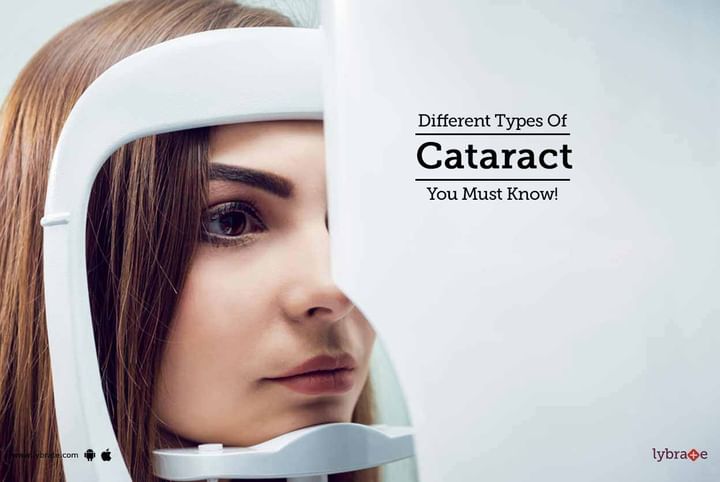Different Types Of Cataract You Must Know!
There exists medical proof that cataract affects almost every individual irrespective of race or gender. The severity of cataract determines the damage to the eye and the necessary treatment that is needed for it. Let us have a summary of one of the most common ailments that affects our eyes and its treatment.
Understanding Cataract:
Cataract is a dense, cloudy formation that occurs in the lens of the eye. A cataract begins when the proteins in the eye form clots that restrict the lens from sending clear signals to the retina. As a result of this, the retina loses focus, and the eyesight fades gradually. The chances are that a cataract can develop in both the eyes, and it affects a person mostly as he/she gets old.
Symptoms of Cataract:
Common symptoms can include: blurred vision, seeing faded colors, loss of night vision, increased sensitivity to glare and halos when seeing the light. In some extreme cases, double vision can also be seen by the affected person. There are some fundamental causes of cataract. These can include lifestyle activities like smoking, excess drinking, exposure to UV radiation, radiation therapy and certain diseases like diabetes and high blood pressure.
Different types of Cataract:
Cataracts can be broadly classified based on where and how they develop in the eye. Nuclear cataracts occur in the middle of the lens and cause the center part of the eye to become yellow or brown.
Cortical cataracts occur around the edges of the eyes/nucleus. Posterior capsular cataracts occur at the back portion of the lens. Congenital cataracts occur at infant stages. They are rare and affect a minuscule population. Traumatic cataract, as the name suggests occurs after an injury or an accident to the eye.
Treatment and Prevention:
The best method for treating a cataract is by surgical procedures. However, it is no guarantee that the condition would not return after a few years. Nonsurgical methods include eyeglasses with more power and sunglasses with UV coating. However, they do not make the condition go away. Surgical methods include phacoemulsification, where ultrasound waves are used to break the lens apart and remove the lumps. Extracapsular surgery is the common type and involves removing the cloudy part of the lens through an incision. An artificial lens is put in the place where the natural lens was. Cataract surgery has advanced over the years, and they are considered extremely safe.
Cataract can be prevented /minimized to an extent by having a healthy diet. Remember to take fruits and vegetables as a part of the diet. Also, ensure to have a healthy weight. Avoid the exposure to the sun by wearing sunglasses and reduce smoking. Early detection is always beneficial. Have an eye check up with the specialist regularly to prevent cataracts from forming.



+1.svg)
